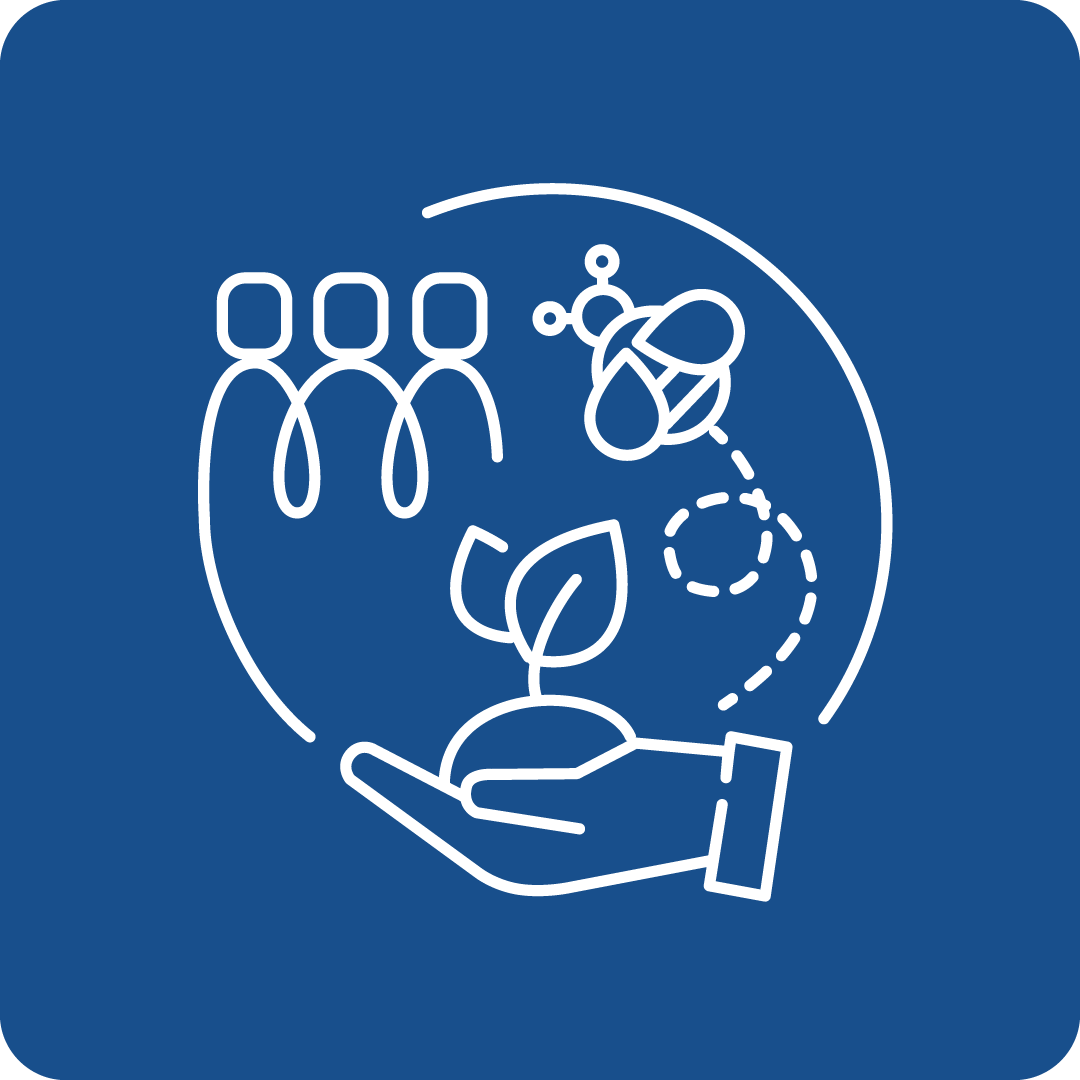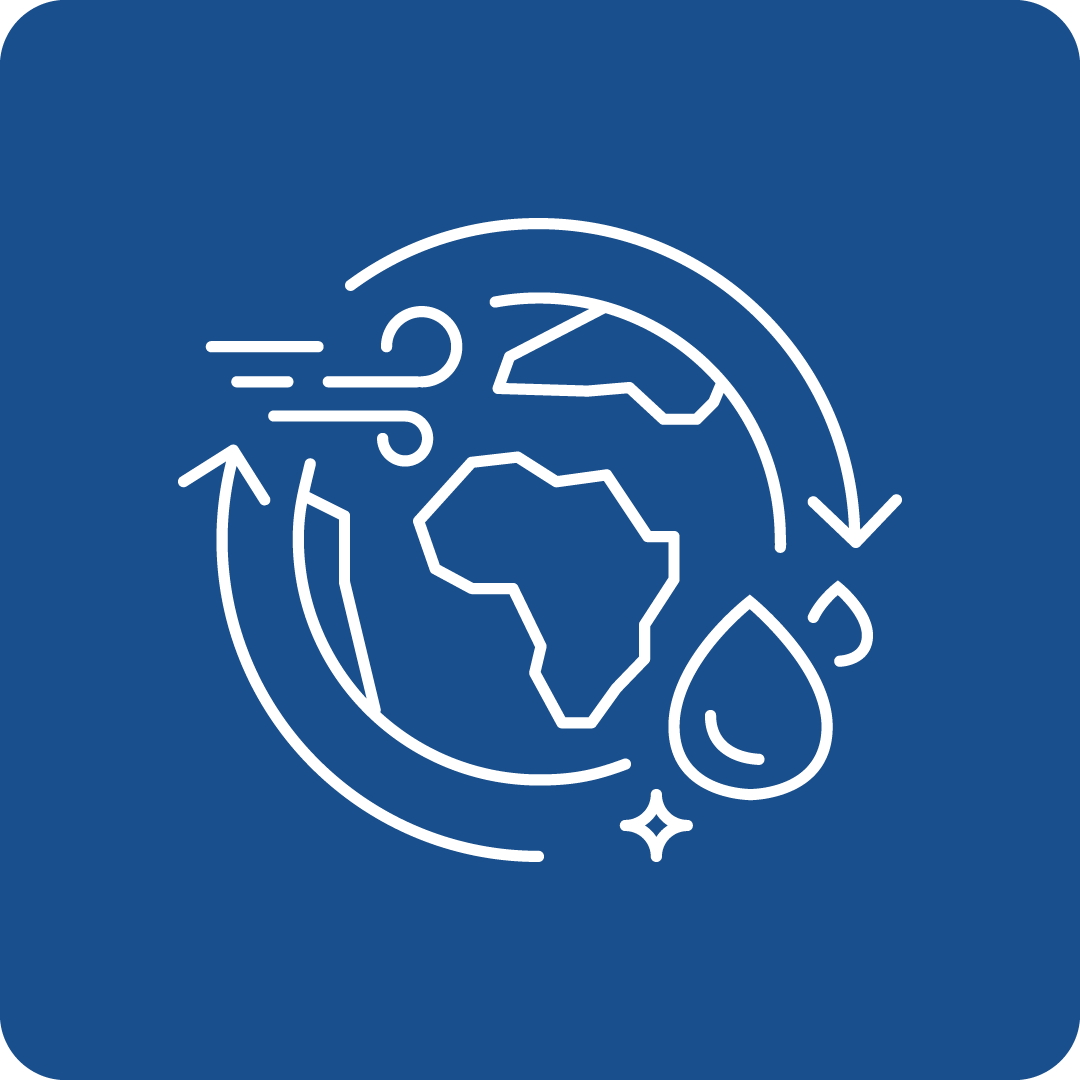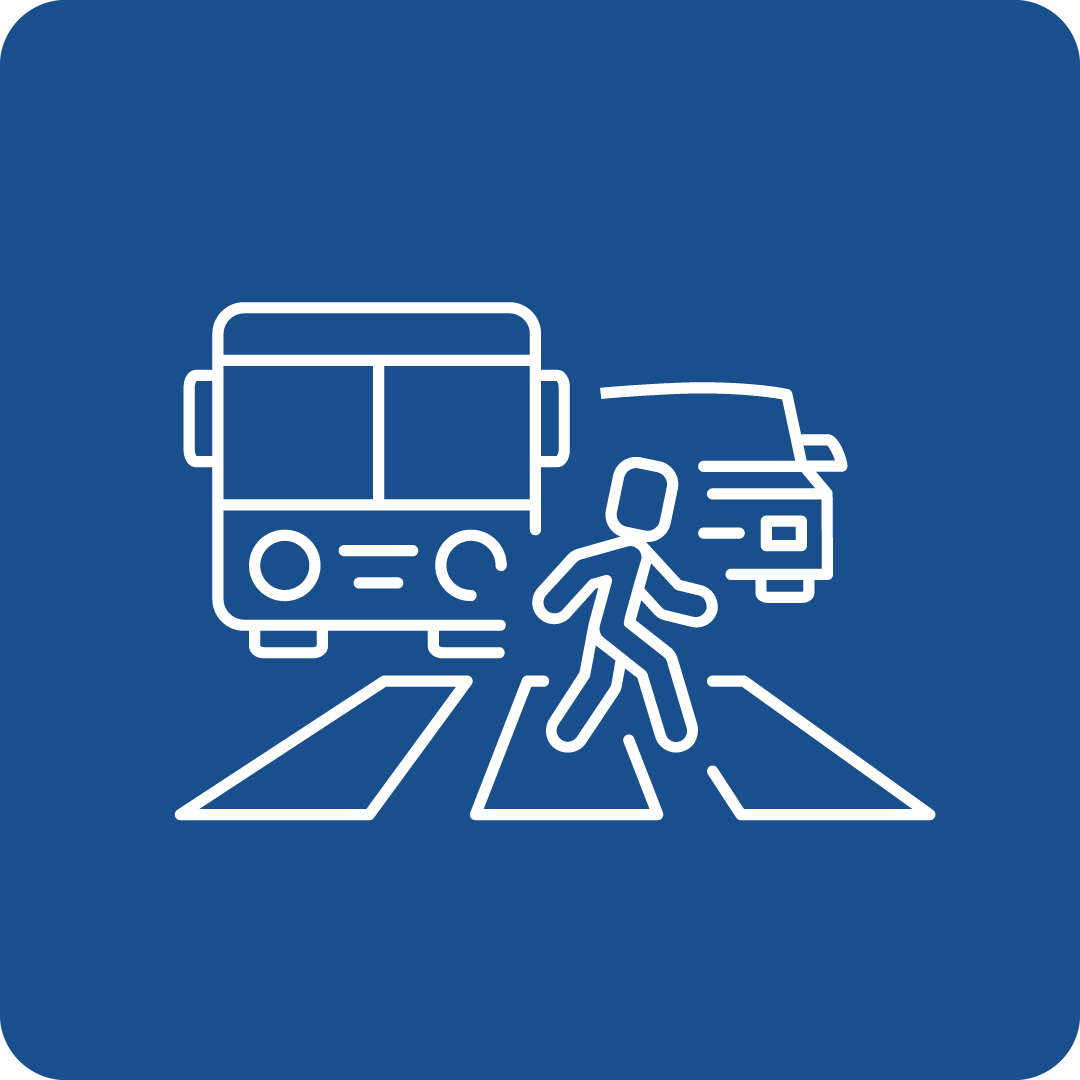Filter Search for grants
Call Navigation
Deadline expired
The deadline for this call has expired.
Call key data
EIT: Connect New European Bauhaus Open Call 2025
Funding Program
European Institute of Innovation and Technology
deadlines
Opening
04.07.2024
Deadline
26.09.2024 17:00
Funding rate
80%
Call budget
€ 120,000.00
Estimated EU contribution per project
max. € 15,000.00
Link to the call
Link to the submission
Call content
short description
The EIT Community Connect NEB Open Call for Proposals is a competitive mechanism open to any entity located in an European Union (EU) Member State or a Third Country associated to Horizon Europe (HE) that activate citizen-centred engagement activities to supply meaningful solutions to EIT Community NEB challenges. These citizen-centred engagement activities will serve not only to identify and prioritise challenges, but also to envisage an initial process to co-create solutions for the most pressing challenges in alignment with NEB’s core values and principles.
Call objectives
All proposals must comply with the following requirements to ensure that the project scope is appropriate:
- Proposals must involved the development of activities to improve citizens’ lives, while integrating all three core New European Bauhaus values (sustainability, aesthetics, inclusion) and all three key New European Bauhaus principles (multilevel, participatory, transdisciplinary approach) into their projects.
- The activities must be tailored towards at least two specific and clearly identified target groups (can be defined by age, profession, neighbourhoods of the same city, etc.). The proposal needs to include a communication and dissemination plan to engage with target groups in the given period.
- The physical area or location where planned activities will take place must be specified. Please note that all activities must be implemented in a specified location within EU Members States or Horizon Europe Associated Countries.
- The proposed solution must have the potential to be implemented on a broader scale and/or replicable following a context-based approach. Proposals should aim for long-term sustainable impact.
- The proposal must demonstrate an in-depth understanding of the local ecosystem, including stakeholders, culture and social dynamics, as well as expertise in citizen engagement activities and innovation/action.
- The applicant must have proven expertise and hands-on experience in leading and coordinating at least one previous citizen engagement project with the target groups involved.
- The proposed solution must use existing knowledge, innovative methodologies, tools, or processes relating to target group behaviour with regard to the selected topic and push for/promote real behavioural change and influence policy making.
- All activities should leverage and use the Knowledge Triangle Integration (KTI) principle to promote and facilitate collaboration with the cities as well as with education, research and business entities. To this end, proposals must include a joint workshop with the aforementioned stakeholders, in which impact assessment data will be discussed and potential opportunities for further research and exploitation identified.
read more
Expected effects and impacts
Projects must comply with at least one of the expected outcome targets:
- Outcome A: Activate citizen generated solutions and initiatives to advance sustainability, beauty and inclusivity in line with the New European Bauhaus initiative. Simultaneously work in alignment with existing local strategies (city and or district/regional level) and/or planning to showcase the project results to relevant city officials.
- Outcome B: Collect and prioritise the most pressing challenges of citizens and end users. Provide them with the tools and information needed to empower them to get involved in decision-making, thus enabling them to co-design well-founded solutions that meet the needs of the wider community. Demonstrate and showcase the role citizens and end users can play in improving the quality of life in the city where they live by implementing the New European Bauhaus initiative.
- Outcome C: Strengthen transdisciplinary, intergenerational and intersectoral collaboration by convening diverse stakeholder groups through citizen engagement activities in line with the New European Bauhaus initiative and existing local strategies (city and or district/regional level).
In addition, all submitted proposals must meet at least one of the following expected outputs:
- OUTPUT 1: Co-design and co-stewardship of:
- green spaces and natured-based-solutions through public-private partnerships and social participation.
- public realm and commons with civil society and other stakeholders to favour diversity while strengthening inclusivity and equitability, as well as promotion of co-ownership of public and working spaces.
- OUTPUT 2: Social activation and non-labelled education and training activities that involve:
- on nature-based solutions, access, and expansion of green spaces, as well as their collective stewardship.
- multi-stakeholder engagement enhancing urban regeneration in less-favoured areas, including most polluted zones, degraded or dangerous neighbourhoods, remote areas with poor communication, and districts with limited services.
- development and implementation of social interventions to encourage cultural understanding and connection between different social groups that otherwise would not interface. Activities enhancing the experience of belonging through shared orientation towards nature protection, sustainability, and resilience.
- to highlight commonalities of sustainability and resilience, as well as activities promoting interaction and collaboration between different social groups around urban and rural spaces, and heritage focused on nature conservation and culture.
- to foster circular economy actions, namely with regards to resources, waste, product life extension and second life of products, and more efficient management of sources.
- on circular economy initiatives aimed at changing individual and group behaviours that perpetuate an unsustainable use of resources and/or waste management, e.g. energy, water, food, plastic.
- to target unsustainable mindsets or behaviours in specific social groups to maximize the potential impac
read more
Expected results
All proposals must address at least one of the EIT Community New European Bauhaus challenges described below.
1. Re-connecting with nature
The New European Bauhaus movement aims to create greater opportunities for contact with green public spaces that translate into better health and reduce income-related health inequalities. Nature-based solutions in cities can help address floods and other extreme weather events, whilst making the built environment more attractive. Climate action can improve air, water and soil quality and overall living conditions. The COVID-19 pandemic underlined the direct link between nature protection and physical and mental health for citizens. There is a need to go beyond a human-centred to a life-centred perspective, seeking inspiration from nature and learning from it.
Some examples of the types of projects that address this challenge are included in the following non exhaustive list:
- Urban greening, such as urban green corridors for active mobility.
- Engagement of citizens in ecological and urban green networks.
- Interaction with citizens to encourage the up-take of green solutions.
- Co-creation of green space(s) to exploit their potential such as better refreshing/cooling urban areas, etc.
- (Re)naturalisation of degraded public areas, green areas, biodiversity, green and blue infrastructure, and urban furniture as assets that promote active mobility.
- Nature-based-solutions for industrial sites and processes or old / post-industrial sites including the regeneration of degraded soils and wastewater streams.
- Greening of the job market through training on protection and promotion of biodiversity, nature-based solutions and biomimicry-inspired approaches, thus enhancing the connection to nature and, in turn, creating a willingness to take on stewardship responsibilities.
- Establishment of urban farming and regenerative agriculture initiatives as commercially viable options in key value chains, involving local communities.
- Activities geared towards promoting change towards healthier and more sustainable nutrition, including activities contributing to the protection of bio-diversity, and the promotion of plant-based meals and active lifestyles.
- Improvement of sustainable and resilient food production practices and reduction of food loss and waste.
2. Re-gaining sense of community and belonging
The New European Bauhaus movement is about collective and private experience. Building bridges between people involves encouraging intergenerational solidarity, developing links between education and the arts in local environments, and improving common spaces and meeting places.
Some examples of specific projects that can be addressed are included in the following non-exhaustive list:
- Enhancement of degraded public areas.
- Increased accessibility and interconnection of public spaces via more sustainable means of transport.
- Promotion of multiple uses of public spaces by citizens to create the conditions for enhanced cultural exchange.
- Promotion of proximity economy activities to allow citizens to access key services and amenities within walking distance, thus strengthening connections and fostering healthy, sustainable and active mobility.
- Manufacture of solutions to help build more human-centric, sustainable and resilient industry that places the well-being of workers at the centre of production processes.
- Cultural life, arts events, concerts, festivals, and clubs organized around a shared interest which serve as a platform to deepen engagement with local challenges and/or up-take of environmentally friendly solutions.
- Cultural and art activities and social interventions laying the groundwork for a high-functioning community that will be ready to assume ownership and responsibility for common and public goods, contributing to improved resilience and net zero carbon targets.
- Increasing urban-rural linkages for shorter, fairer, and more sustainable urban food chains, e.g. food chains which are more ‘visible’ chains to consumers, and which build on the close relationships between cities and their surrounding rural environments.
- Active citizenship activities aimed at highlighting the cultural value of food and its connections with local, regional, national, and European identity.
3. Prioritising places and the people that need them the most
The New European Bauhaus movement promotes the inclusion of all citizens, as well as of the places where they live. Beautiful and sustainable solutions have to be affordable and accessible for all. Special attention should be paid to the specific circumstances of the most vulnerable groups and individuals, such as those at risk of exclusion or poverty and those experiencing homelessness. Disadvantaged groups are at greater risk of energy poverty and of suffering the effects of air pollution and have poorer access to public transport. Inclusion also requires that all approaches be designed in such a way that accessibility barriers to the built and virtual environments and to goods and services are removed. NEB transcends major city centres to encompass places in all their diversity, including small villages, rural areas, shrinking cities, neglected neighbourhoods, suburbs and de-industrialised areas. This calls for planning to avoid the spatial segregation of social groups and to create a sense of togetherness. It is crucial to connect the various parts of cities, villages and neighbourhoods.
Some examples of specific projects that can be addressed included in the following non-exhaustive list:
- Solutions that address poor transport links between rural and urban areas.
- Solutions aimed at universal mobility as a key enabler of social inclusion so that everyone can move freely within cities, regardless of gender, race, beliefs or disability.
- Proposals that encompass social manufacturing, including those that involve less favoured groups or groups at risk of social exclusion in the manufacture of craft products.
- Establishment of physical and virtual spaces for sharing resources and best practices within communities to socialise sustainable lifestyles.
- Activities aimed at testing digital tools with citizens to ensure the traceability, safety and authenticity of foods and guarantee the rights and meet the needs of vulnerable groups.
- Co-design and co-creation of activities with vulnerable citizen groups involving new e-commerce and innovative food delivery services, e.g. digital services to solve the issue of ‘food deserts’ by delivering fresh and nutritious foods to neighbourhoods that lack physical stores, activities to help reduce food waste by connecting surpluses with potential buyers, or solutions for citizens with mobility issues who, for example, are unable to go to markets or carry heavy weights.
4. Prioritising the need for long-term, life cycle and integrated thinking in the industrial ecosystem
The New European Bauhaus movement promotes an economy based on circularity to tackle unsustainable practices, including resource uses for obsolete buildings or infrastructures. Addressing these challenges concerns the entire industrial ecosystem, from production to delivery and consumption, with a circular economy mindset. Recovered and renewable materials should be better recognised by all relevant disciplines and become part of design paradigms. The use of sustainably produced and procured nature based building materials, such as wood, bamboo, straw, cork, or stone should be improved. New production technologies should help reduce the carbon footprint of steel or cement, recycle otherwise wasted textiles and accelerate the green transition of energy intensive industries. New business models, bioeconomy, social economy approaches, and Design for Sustainability can support the transformation of sectors such as textiles, tourism, waste management or energy production. The digital transition will play a systematic role in the development and implementation of the New European Bauhaus.
Some examples of specific projects that can be addressed are included in the following non-exhaustive list:
- Activities to promote products and services for long-term use.
- Reduce by design, as well as, maintenance, reusing, refurbishing, remanufacturing, repurpose and recycling of resources and waste, including digital and monitoring tools.
- Improvement of current state-of-the-art of the manufacturing industries.
- Public and multi-stakeholder activities fostering circular economy actions, namely with regards to resources, waste, product life extension and second life of products, and more efficient management of sources.
- Activities targeting unsustainable mindsets or behaviours in specific social groups to maximize the potential impact.
- Activities of decentralised, local and urban manufacturing designing and/or demonstrating symbiotic and sustainable factories closer to the customer including integrating new and traditional techniques, local crafts, and knowledge to foster innovation in manufacturing.
- Circular mobility including shared mobility, satisfying user needs without transferring ownership of physical products through shared solutions.
- Revival of cultural traditions of durability and long-term use with an emphasis on sharing, exchanging, inheriting.
- Improving the experience of managing and participating in food donation and enhancement of efficiency through circularity in the food donation chain.
- Awareness-raising efforts to promote leaving ready products intact and valuing organic transience
- Leveraging existing innovations promoting circularity and market opportunities in the agri-food systems and a circular model maintaining the value of food in the economy for as long as possible.
- Improving sustainable and resilient food production practices including the integration of shorter supply chains.
read more
Eligibility Criteria
Regions / countries for funding
Moldova (Moldova), Albania (Shqipëria), Armenia (Հայաստան), Bosnia and Herzegovina (Bosna i Hercegovina / Босна и Херцеговина), Faeroes (Føroyar / Færøerne), Georgia (საქართველო), Iceland (Ísland), Israel (ישראל / إِسْرَائِيل), Kosovo (Kosova/Kosovë / Косово), Montenegro (Црна Гора), New Zealand (Aotearoa), North Macedonia (Северна Македонија), Norway (Norge), Serbia (Srbija/Сpбија), Switzerland (Schweiz/Suisse/Svizzera), Tunisia (تونس /Tūnis), Türkiye, Ukraine (Україна), United Kingdom
eligible entities
Education and training institution, International organization, Non-Profit Organisation (NPO) / Non-Governmental Organisation (NGO), Other, Private institution, incl. private company (private for profit), Public Body (national, regional and local; incl. EGTCs), Research Institution incl. University, Small and medium-sized enterprise (SME)
Mandatory partnership
No
Project Partnership
This Call for Proposals is open to all legal entities established in Member States of the European Union, and/or in Third countries associated to Horizon Europe. These legal entities may be, for example, public or private legal entities, small and medium-sized enterprises (SMEs), educational institutions, research and technology organisations, consultancies, NGOs or social entities. Applications from Regional Innovation Scheme (RIS) countries are encouraged.
All proposals must be composed of one single legal entity (mono-participant call type); consortia are therefore not permitted. Proposals submitted with more than one legal entity will be ineligible.
other eligibility criteria
Entities established in Switzerland are eligible to participate but at their own cost. These entities will not receive EIT funding; instead, they will be funded by the Swiss government. Applicants from Switzerland are requested to contact the State Secretariat for Education, Research and Innovation (SERI) for further details.
Additional information
Topics
Relevance for EU Macro-Region
EUSAIR - EU Strategy for the Adriatic and Ionian Region, EUSALP - EU Strategy for the Alpine Space, EUSBSR - EU Strategy for the Baltic Sea Region, EUSDR - EU Strategy for the Danube Region
UN Sustainable Development Goals (UN-SDGs)
![]()
![]()
![]()
![]()
![]()
![]()
![]()
project duration
10 months
Additional Information
Before starting a proposal, all applicants (Project Leader and consortium partners) must follow the following steps:
- STEP 1: register in the EU Funding & tender opportunities portal to obtain the nine-digit Participant Identification Code (PIC number). If an organisation has already a PIC number, there is no need to register again.
- STEP 2: access the new EIT UM NetSuite platform, by submitting the Partner Information Form (PIF). NB: For organisations that previously participated in an EIT Urban Mobility project, and therefore are already registered in the PLAZA platform, do not submit the PIF form but contact the EIT UM Service Desk servicedesk@eiturbanmobility.eu: you will be provided with the credentials to access the new NetSuite platform.
- STEP 3: access the EIT UM NetSuite platform and find the open calls under menu --> Call for Proposals --> Open Calls.
The following documentation must be submitted by the Lead Applicant:
- Application Form (mandatory)
Call documents
EIT Connect New European Bauhaus Open Call 2025 Call ManualEIT Connect New European Bauhaus Open Call 2025 Call Manual(589kB)
Contact
To see more information about this call, you can register for free here
or log in with an existing account.
Log in
Register now






